Donald Trump blinked, and his massive new trade war has been drastically scaled back. Or, maybe not? Perhaps he’s just tweaking the details during a partial 90-day pause, and he preps other, different and more magnificent tariffs. Regardless, the president of the United States will continue to hold the American economy — not to mention the global economy — captive for the foreseeable future, with recurring and very loud threats to execute the hostage.
But for this one fleeting moment, per Trump’s announcement Wednesday afternoon, he’s smashing the “PAUSE” button on his tariff warfare, imposing “substantially lowered” (though still substantial) tariffs of 10 percent for most nations, while escalating an all-out trade war on China. This latest gyration comes less than a week after Trump triumphantly posted a video online that said he was “purposely crashing the stock market,” as a favor to his fellow Americans. His sudden change of approach comes just one week after he publicly launched his tariff blitz, with numbers, math, and tactics that made absolutely no sense to pretty much anyone who looked at it.
For now, it seems as if the president’s economy-nuking bad math was somehow too stupid to implement, even for this uniquely depraved administration.
“I can breathe now… But everything could change tomorrow,” one big Trump and GOP donor says, days after telling Rolling Stone: “I don’t know if I would be this worried about what will happen to the economy if Bernie fucking Sanders were president. That’s how bad this is.”
In fact, mere hours before the president cried “PAUSE,” an array of Trump advisers and close associates were watching through splayed fingers, unsure if catastrophe and collapse were waiting around the next news cycle.
“I am cautiously optimistic about the future. But I’m scared to death right now,” Art Laffer, a well-known Reaganite economist who remains an informal adviser to Trump, said in a phone interview Wednesday morning. “I am a wuss. I really don’t like taking things to the brink,” he said, explaining that Trump was “doing something I never would do, because I’m a chicken, and he’s not. It frightens me, but can I say he’s wrong? I don’t know.”
One reason that conservative bigwigs were so freaked out by Trump’s economic warfare was the bonkers math that took the country to this brink.
Love Music?
Get your daily dose of everything happening in Australian/New Zealand music and globally.
The administration’s baffling tariff formula, which was used to determine each nation’s tariff rate and launch Trump’s ill-fated trade war, is still shrouded in surreal mystery. Because nobody, apparently, in Trump’s administration wants to claim credit for devising a formula derided as world-historically nonsensical, even by some of the president’s most ardent supporters.
“I don’t know who came up with that formula — but it doesn’t surprise me that nobody is taking credit for it, if only because it is an economically indefensible formula on the merits,” Stephen Moore, a conservative economics author and Project 2025 contributor who has advised Trump for years, said on Tuesday. “But the president wants a level playing field, so right now he’s waiting for other nations’ leaders to come to him and make the best deal. I’m not a big tariff guy, I think we should be focusing on the Trump tax cuts; but if he can negotiate lower tariffs around the world with this trade war, then that would ultimately be a win.”
Within hours of Trump’s initiation of the trade war last Wednesday, a game of hot-potato erupted within his administration over which senior official was most responsible for the mysterious math. According to White House officials and other Republican sources familiar with the matter, many advisers and aides were left in the dark about who was the principal author of the formula. There was lots of finger-pointing — including at top Trump trade adviser and uber-loyalist Peter Navarro — but fewer concrete answers for public consumption.
“Don’t ask me… Not my department,” a senior White House official said last week, adding that the formula “may not have been the best version.” In the days since, some of Trump’s most prominent economic counselors have publicly performed their own rendition of “don’t ask me,” with Treasury secretary Scott Bessent saying, “I wasn’t involved in the calculations of the numbers,” and Council of Economic Advisers chair Stephen Miran claiming that “the president chose to go with a formula… suggested by someone else in the administration.”
Even during last week’s Rose Garden ceremony where Trump unveiled his plan for sky-high import taxes, broken down by both country and penguin-inhabited sub-Antarctic territory, economists began puzzling over how these tariff rates — as high as 50 percent on tiny, impoverished Lesotho — had been calculated.
According to Trump, these new tariffs were meant to be “reciprocal,” striking back against taxes and unfair trade barriers allegedly already imposed by America’s trading partners. Yet the big new numbers didn’t correspond to any actual tariffs already on the books. So where had the figures come from?
Academics and economics writers, doing back-of-the-envelope calculations, quickly reverse engineered a formula that seemed to crack the code. It was a blunt equation, starting with the trade deficit for each nation and dividing that by the value of that country’s imports of U.S. goods. James Surowiecki, best known for his longtime finance column in the New Yorker, posted this math on X, calling the Trump formula “extraordinary nonsense.”
Au contraire, the White House responded, insisting its calculations were far more complicated. It revealed a formula that had not one, not two, but three Greek letters — in addition to a subscript i for some reason. (The i was a placeholder for the name of the country and not involved in the math.)
This surface-level complexity notwithstanding, the administration’s supposed formula was actually as simple it had seemed to critics. The numerator is exports minus imports — in other words the trade deficit. And while two fancy variables got added to the denominator, the figures the White House plugged in for ε and φ — 4 and ¼ respectively — reduced to 1, and therefore didn’t impact the calculation. Meaning that the bottom half of the equation, indeed, represented a country’s imports of U.S. goods.
The White House approach appeared to seasoned economists like someone added a dollop of grad-school gloss atop some middle-school math, rather than a sophisticated new method to counter international trade imbalance. “It’s definitely the former,” Stan Veuger, a senior fellow at the conservative American Enterprise Institute, tells Rolling Stone. He points to the improbability that the two variables would neatly cancel each other out. “There’s an infinite number of values that the products could take on — and they happen to land on 1?! I mean, come on.”
Given the enormous consequences of the new tariff policy, economists nonetheless interrogated the logic of the variables the White House claimed to use. And here, the academics assert, there was a huge error that led the White House to set tariff rates four times higher than they should be.
In the Trumpy formula, φ supposedly represents how much prices are likely to rise for each dollar tariffs go up. The White House calculates this as a quarter. But the economists whose work is cited by the White House in justifying its math, insist that the real value is nearly one dollar (meaning the resulting tariffs should be about “four times smaller”).
Veuger, the AEI economist, published an analysis arguing that the White House should correct this mistake, and slash its proposed tariff rates. Doing so would lead to a still-high maximum rate of 13.4 percent on countries like Lesotho, while lowering most nations to the minimum tariff set by administration, 10 percent. “They need to use the right numbers,” Veuger says. “The 0.25 in particular, they claim they took it from [an academic] paper, and the number in that paper is just completely different.”
The White House pushed back on AEI Monday, insisting it didn’t need to adjust shit, because the other variable, ε, is itself extremely variable. This figure supposedly represents “the elasticity of imports with respect to import prices” — a measure of how demand is likely to be impacted by rising prices. A White House official told Axios that the figure the White House chose, 4, was “conservative” and could just as easily have been 2, which would have created tariffs “twice as big” as those imposed by Trump.
Veuger found this reaction “quite defensive” and further evidence that Trump’s market-crashing trade offensive was based on economic hokum. “They’re saying that, for the foundation under our trade policy, we’re plugging in numbers that could easily be double! Or half! That’s not a compelling defense of their approach,” he says.
The economist emphasizes that AEI doesn’t take an institutional stance on matters like trade policy. But he shares that “the broad sentiment among my colleagues” has been that the Trump tariff proposal was “not impressive in terms of process — and that the policy itself is just extremely bad.”
From Rolling Stone US



































